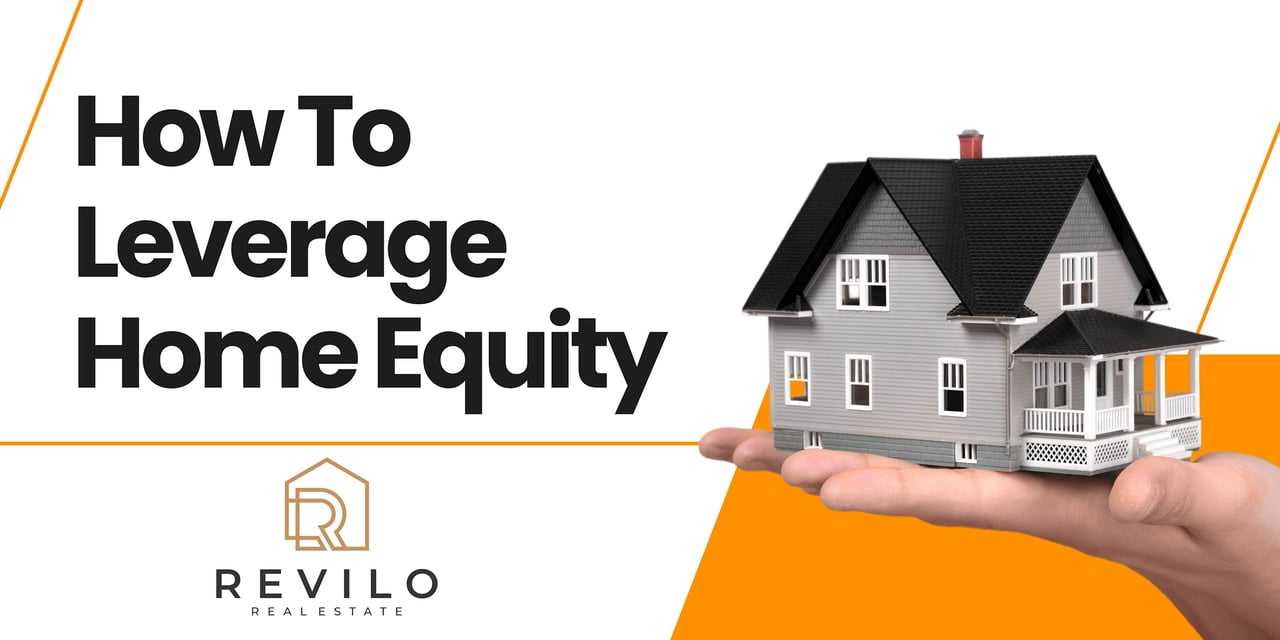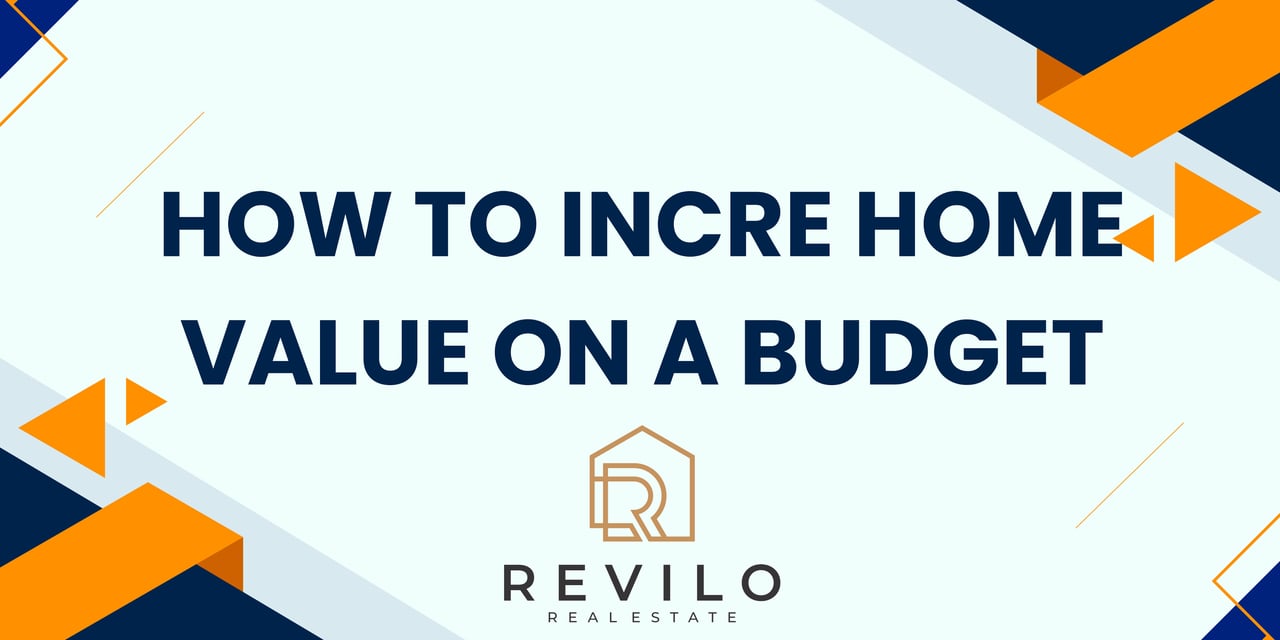How To Leverage Home Equity
homes

homes

Leveraging home equity can be a powerful financial tool for homeowners, allowing them to access the value that has built up in their property over time. Here are the primary ways to do so, along with the benefits and risks associated with each:
Would you like to dive deeper into any of these strategies?
Connect with us here at Revilo Real Estate and follow me on Instagram, Facebook and LinkedIn.






real estate

real estate

homes
Local Houston Realtor

homes
We pride ourselves in providing personalized solutions that bring our clients closer to their dream properties and enhance their long-term wealth.